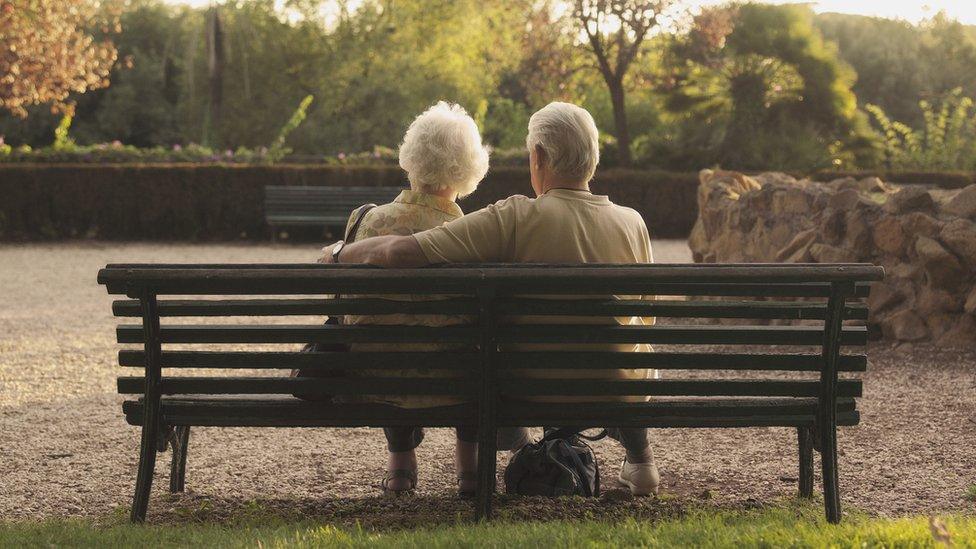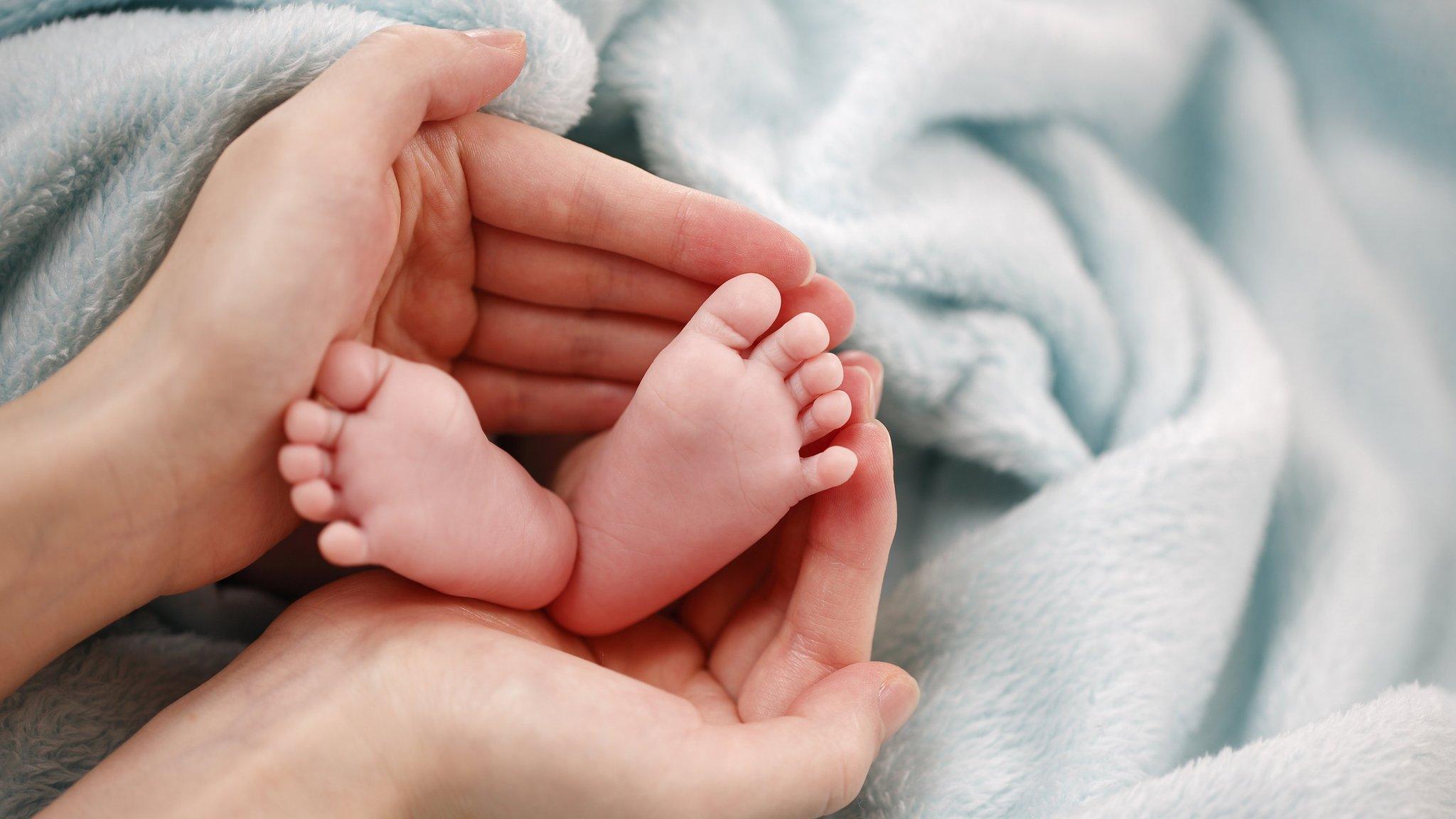Life expectancy growth stalls in Northern Ireland
- Published
- comments

Over the last ten years life expectancy growth has stalled for both men and women
Life expectancy growth has stalled for people living in Northern Ireland over the past decade, according to new figures.
The Department of Health's statistics show between 2020 to 2022 life expectancy was 78 years for men and 82 years for women.
Life expectancy for both men and women was lowest in Belfast.
Since 1980-82, life expectancy at birth in Northern Ireland has increased by seven years for women and nine for men.
Over the last five years, male life expectancy decreased by 0.3 years, while there has been no significant change in life expectancy for women.
It was highest for men in Lisburn and Castlereagh, and joint highest for women in Lisburn and Castlereagh and Mid Ulster.
Across all age groups, male mortality was higher than that of females.
Higher male mortality from the combination of circulatory disease and cancer accounted for the majority of the gap in life expectancy between men and women.

In 2020-22, women in Northern Ireland could expect to live for four years longer than men
A gap in life expectancy among people living in Northern Ireland's least and most deprived areas has also failed to improve in recent years.
In 2020-22, men living in the 20% most deprived areas could expect to live for 74 years, seven years shorter than those living in the 20% least deprived areas.
Female life expectancy in the 20% most deprived areas was 79 years. This was five years shorter than in the 20% least deprived areas.
For both men and women, mortality across the majority of causes of death was higher in the most deprived areas than in the least deprived.
Higher mortality from cancer, circulatory disease and accidental deaths were the largest factors in the male life expectancy wealth gap.
Mortality from cancer was the largest single contributor to the female wealth gap.
Higher mortality from deaths due to Covid-19 in 2020-22 was largely offset by reduced mortality from respiratory disease, cancer, circulatory disease and other causes.
Related topics
- Published23 September 2021
